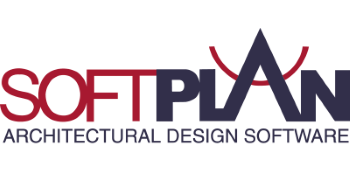I have wanted a feature to tackle the challenges when doing this type of exterior on a home. It would be nice for users to be able to draw control joints on the exterior that groove in 3D since adding textures may solve the 3D problem, but it is hard to get accurate control joints to show properly, especially if your joints are variable spaced (at openings, etc.) which a texture only shows a repeating pattern. Also, I have tried using profiles to mimic the wall panels with grooves but when a wall reaches corners or a long distance, the 3D profile seems to not tile properly.
There are three ways I would possibly approach this as solutions, the first being that you source or create a texture that you apply to the surface, but the downside is the control joints may not be in the location you desire. For some clients that may not be a problem but for my specific experiences, the detail matters in a situation where small elements I need to have as accurate as possible.
The second option is to use solids and apply them to the walls as the joints and make their depth super small (almost flat) to the surface and shade them slightly darker than your base coat to create the "illusion" of depth. This is useful but can be time consuming and hard to work with in 2D with stacking joints and thin 3D solids.
The third option is to separate your stucco layer on a new wall type and create stucco wall panels in 3D and offset them to get the desired control joints. Ensure your main wall has a stucco underlayment so that the gaps between the outer panels do not have a void to the middle of the wall cavity. You will have to use the Top of Wall or Bottom of Wall Step Offset to get the wall panels to form around the windows, but this will give you the most accurate 3D look. Again, there will be challenges with multiple layered panels but maybe using the layers feature, you can add each row on its own layer for better adjustment (make sure your wall joints are set to 0" for the panels and use the 'Fit to Roof' option for your upper rows of panels to match the roof lines).
I would personally use option 3 since it gives me the most realistic results even though the panels are not created under one wall type, it's just the current work around to the solution you may need that has worked well for me. You could try using profiles and stacking common materials within the wall definition to get the same look, but your horizontal joints will be hard to get staggered like you have it in your example and then you have to create custom profiles which isn't hard but also another time consuming process and I haven't had luck with larger profile sizes repeated consistently on a wall surface (especially after a wall direction change at corners).
 Front Elevation.jpg 57.47KB
0 downloads
Front Elevation.jpg 57.47KB
0 downloads 





